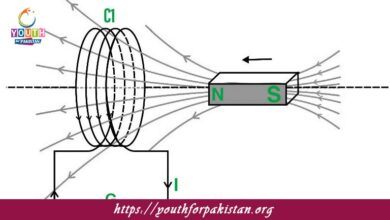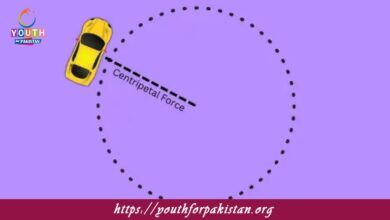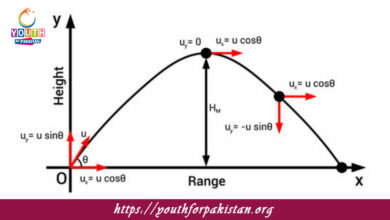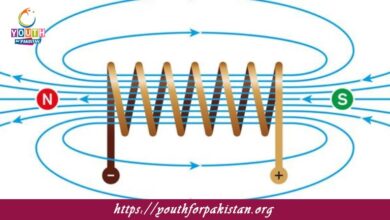Relation Between Linear And Angular Displacements MDCAT Quiz
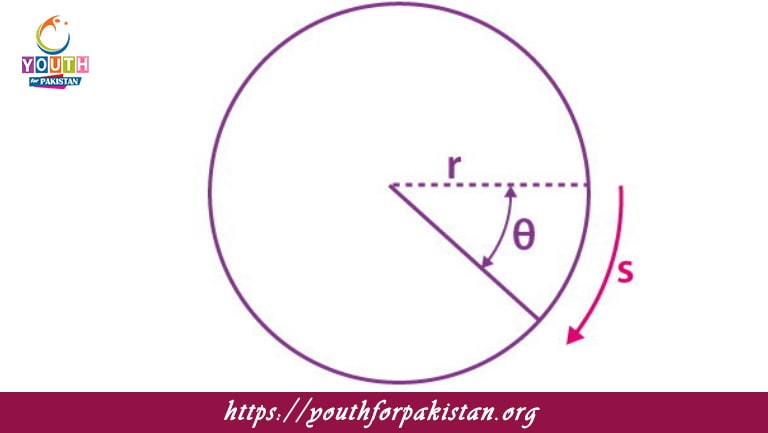
In Relation Between Linear And Angular Displacements MDCAT Quiz, there exists a direct relation between linear displacement and angular displacement, enabling us to understand how the motion of an object along a circular path is connected with the rotation around a central point or axis. This concept is very important for MDCAT students because most problems related to rotational motion are based on this concept, especially in the conversion between angular and linear quantities.
MDCAT Quiz: Linear and Angular Displacement Problems
In the MDCAT Quiz, students may find questions in which they have to use the linear-angular displacement relation. For example, they may be asked to find how much linear distance an object has traveled if it is moving in a circular path and the angular displacement and the radius are given. Another possible question might ask for the angular displacement needed for an object to travel a specified linear distance along a circular path. By knowing this relationship, students can easily solve these kinds of problems and convert between angular and linear quantities easily.
- Test Name: Relation Between Linear And Angular Displacements MDCAT Quiz
- Type: Quiz Test
- Total Questions: 30
- Total Marks: 30
- Time: 30 minutes
Note: Answer of the questions will change randomly each time you start the test, once you are finished, click the View Results button.
Free Flashcards for Linear and Angular Displacements
Free flashcards on the relation between linear and angular displacements can be a very good tool for MDCAT students. The flashcards can include key formulae, step-by-step examples of how to apply the equation, and practice questions to help master the concept. Reviewing the flashcards regularly will ensure that the student is comfortable using the formula and solving problems involving both linear and angular displacement. Flashcards really improve understanding and enhance problem-solving skills for MDCAT preparation.

How do you calculate the linear displacement (s) in terms of radius (r) and angular displacement (θ)?

If an object rotates by an angle of 2π radians, what is the linear displacement for a radius of 5 meters?

What is the relationship between angular displacement (θ) and linear displacement (s) for a point on a wheel with radius (r)?

How do you calculate the linear displacement (s) for an angular displacement of 90° and radius of 2 meters?

What is the angular displacement if the linear displacement is 10 meters and the radius is 5 meters?

If the radius of a rotating wheel is 3 meters and it rotates through an angle of 90°, what is the linear displacement?

What is the angular displacement for a wheel that rotates through a linear displacement of 20 meters with a radius of 4 meters?

What is the angular displacement of an object that has a linear displacement of 10 meters and radius of 2 meters?

What is the linear displacement of a point on a wheel with a radius of 4 meters and angular displacement of 2 radians?

If the radius of a wheel is doubled, how does the linear displacement change for the same angular displacement?

What is the relationship between linear displacement (s) and angular displacement (θ) for a rotating object?

What is the angular displacement if the radius of a wheel is 10 meters and the linear displacement is 50 meters?

What is the angular displacement if the linear displacement is 12 meters and the radius is 3 meters?

What is the formula for linear displacement (s) in terms of angular displacement (θ) and radius (r)?
Experience the real exam environment with our expertly designed collection of over 25,000 MCQs MDCAT Mock Tests.


